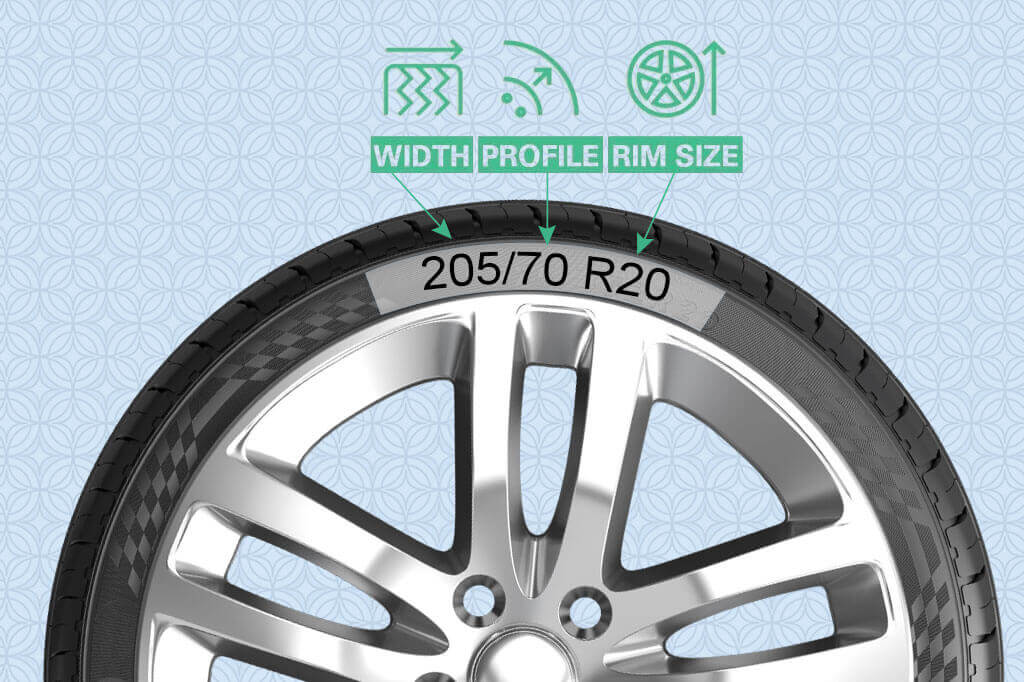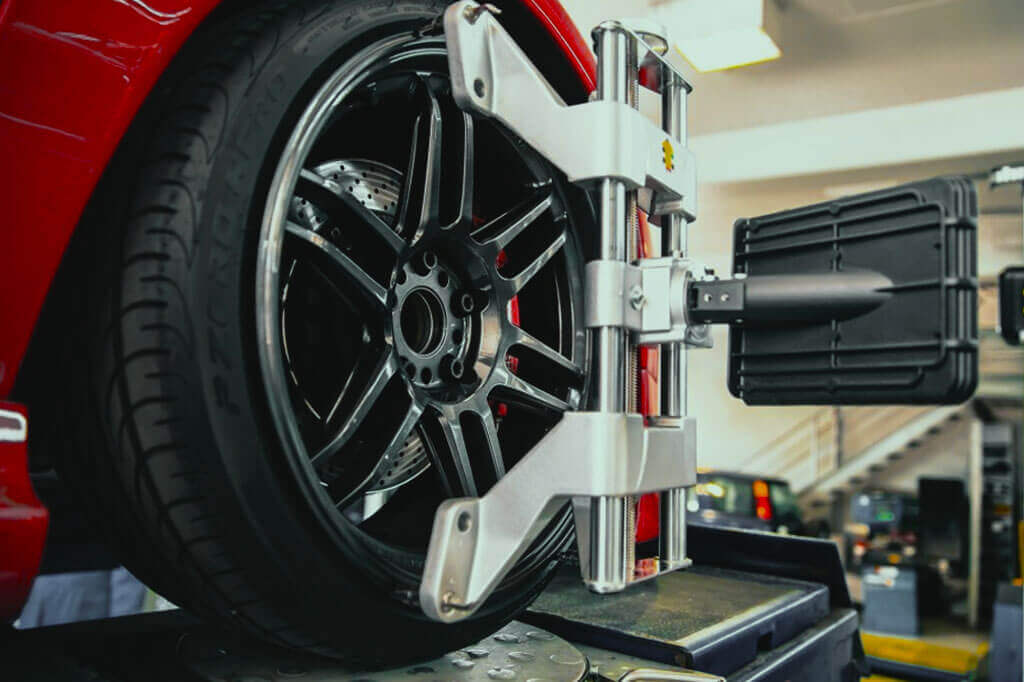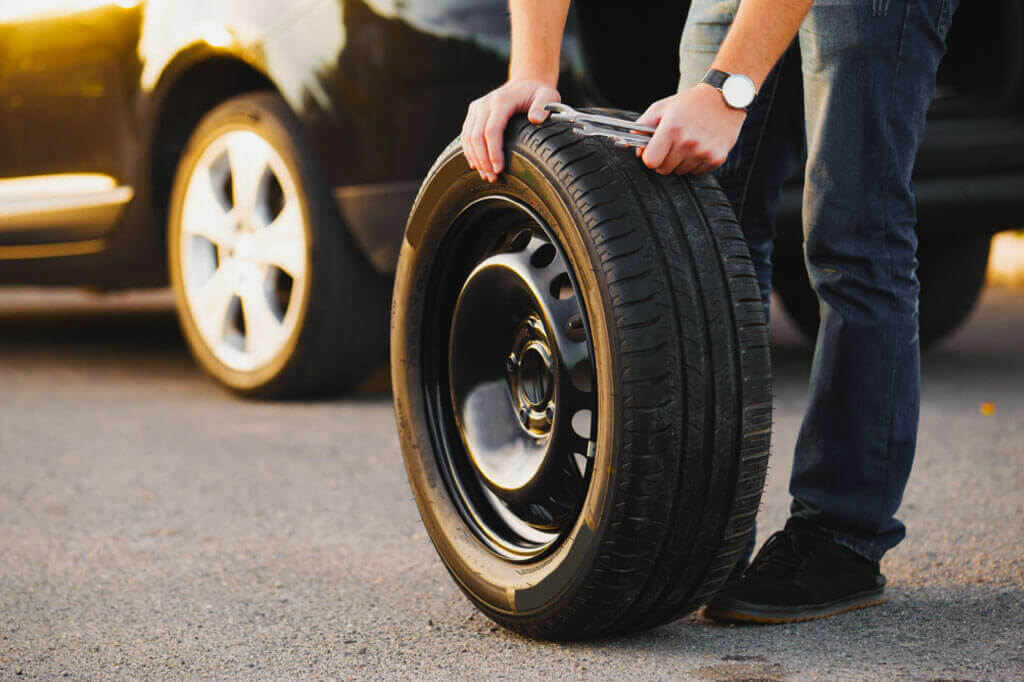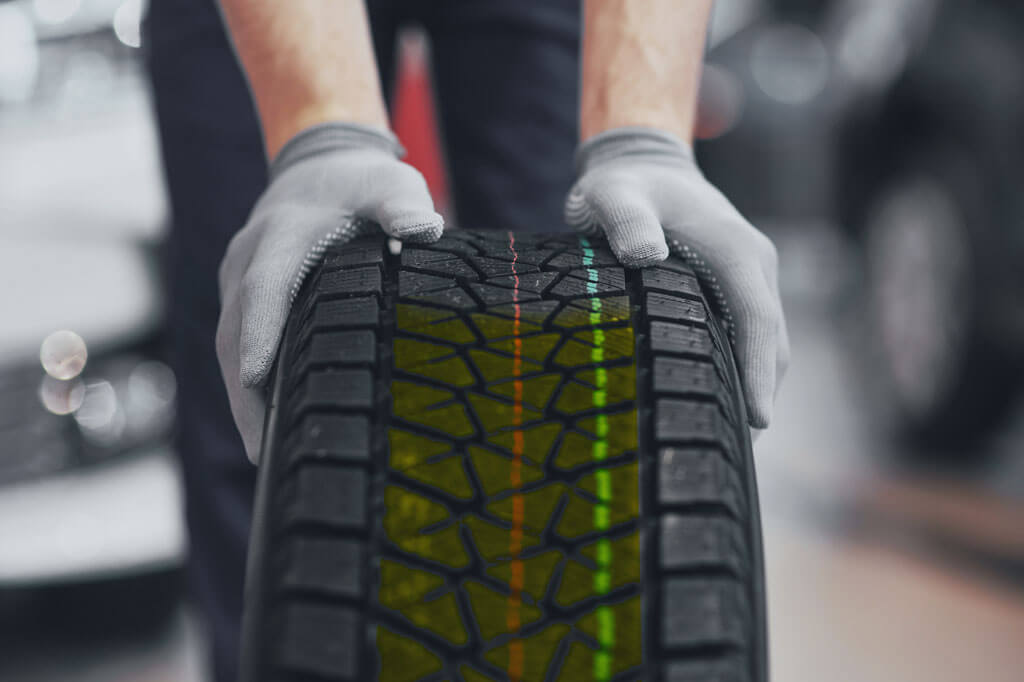Tyre Markings
All tyres have a code on their sidewall that reveals information about the unit. Examining this information is important to determine if the tyre will be a perfect fit for your vehicle or not. Also, tyre markings can help you find the right tyres for your vehicle from a wide range of options available in the market. Below we break down different tyre markings so that you can inspect them yourself when buying new tyres.
For example, if a tyre has markings 205 70 R 20
- 205: The first 3 digits refer to the tyre width. The width is measured from one sidewall to another in millimetres. A higher number indicates wider tyres. Wide tyres are perfect for improving traction and helping significantly while off-road driving. Moreover, due to the increased contact surface, the wider tyres are also able to offer superior traction.
- 70: The aspect ratio gets calculated by measuring the height in relation to the width of the tyre. In the above example, an aspect ratio of 70 means that the height of a tyre is 70% of the width. It is important to check because a higher aspect ratio will mean that the tyres are bigger and a lower aspect ratio will provide enhanced lateral stability.
- R: The first letter on the entire tyre code refers to the construction tyre. In the example above, the letter R refers to Radial construction. In Radial construction, the outside layers of the tyre are constructed radially. Other kinds of construction marking on the tyre sidewall are D for diagonal, and B for bias belt.
- 20: After the construction marking, the following two digits relate to the diameter of the tyre. It is important to examine because the tyre diameter needs to match the wheel perfectly to get the best driving experience. A tyre that has a 20-inch diameter, means that it can be installed on a wheel with the same dimensions.
Apart from the primary markings, other marking on a tyre are
Tyre Load Rating Table
After the tyre diameter, the following two or three digits indicate the load index of the tyre. The load index shows the highest capacity of weight a tyre can bear at the highest permitted speed index. Below you can find a table with some of the most common load indexes.
Load Index
- 85 515 1135
- 86 530 1168
- 87 545 1202
- 88 560 1235
- 89 580 1279
- 90 600 1323
- 91 615 1356
- 92 630 1389
- 93 650 1433
- 94 670 1477
- 95 690 1521
- 96 710 1565
- 97 730 1609
- 98 750 1653
- 99 775 1709
- 100 800 1764
- 101 825 1819
- 102 850 1874
- 103 875 1929
- 104 900 1984
- 105 925 2039
- 106 950 2094
- 107 975 2150
- 108 1000 2205
Tyre Speed Rating Table
After the load index marking, the following alphabet shows the speed index of the tyre. It is marked by letters and shows the maximum permitted speed you can drive your vehicle with that tyre. A general rule of thumb, the speed index of the tyre you buy needs to be closer to the top speed of your car. Below you can find a table with some of the most common speed indexes.
Speed Symbol Speed (mph)
E 70 43
F 80 50








